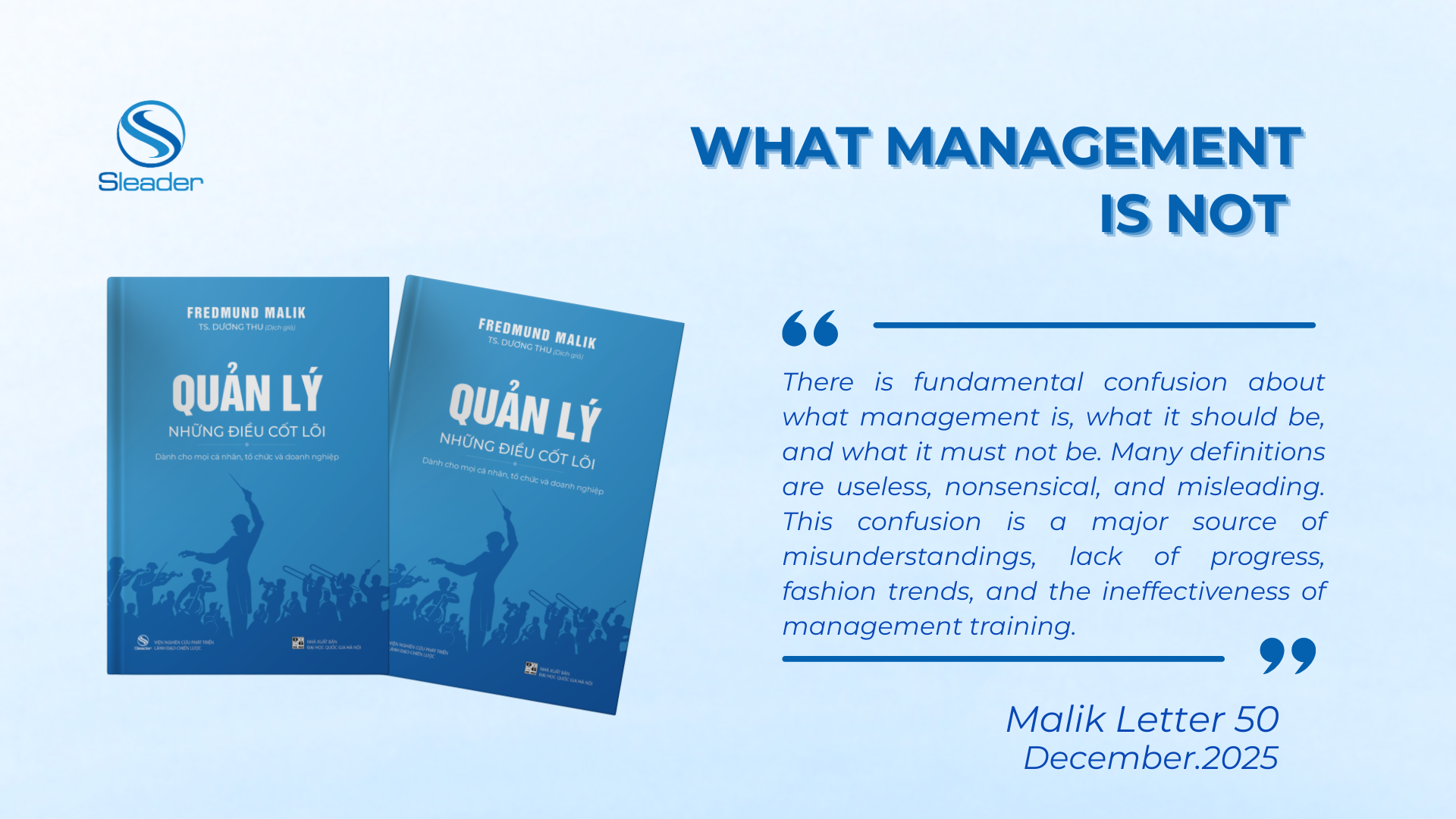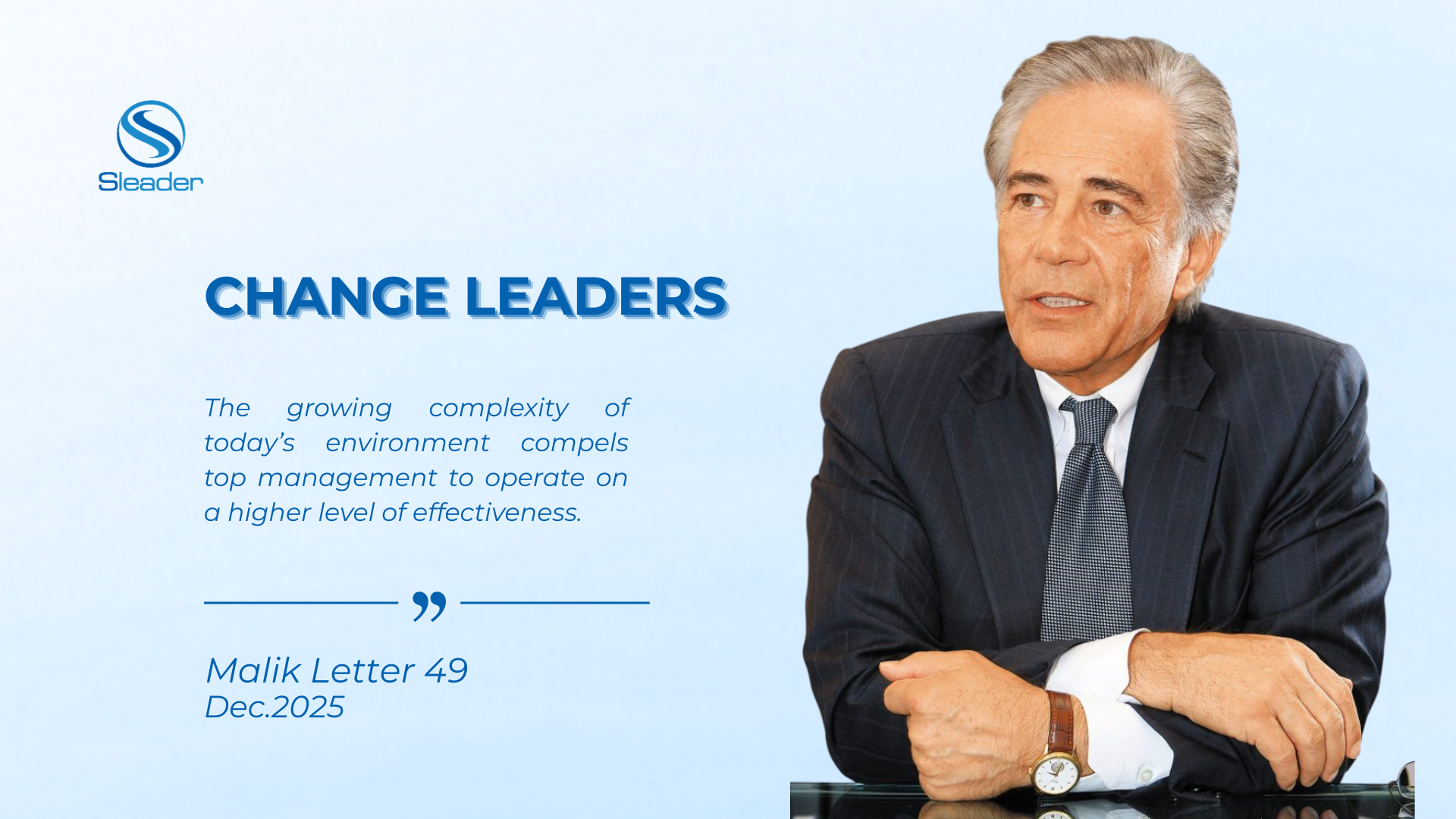
How to execute company strategy more effectively?
While a company\’s strategies can be great on paper, a strategy can only be useful once it is taken seriously and fully. Too many business organizations are having difficulty connecting between strategy draft and implementation of strategy
Every business needs to build an effective strategy, but it is a mistake to think that this is all that is required for a business to be successful. In fact, converting the content of the strategy into action is considered one of the biggest challenges that is holding back the performance of businesses.
According to a survey by the Global Economic Research Agency (EIU), only one out of 10 businesses can achieve all the strategic goals set out. The difficulty in narrowing the gap between strategic content and strategy implementation is not only a matter of concern for businesses but also of the global economy.
According to research conducted by the Project Management Institute (PMI), every $ 97 million (€ 83.3 million) in every $ 1 billion (€ 858.8 million) invested is wasted due to currently ineffective. If the global capital market is averaged, this equates to $ 2 million (€ 1.72 million) lost each year. This can be considered a great loss for the government, private businesses as well as non-governmental organizations. If this situation were mitigated, even only a small fraction, it would have had a positive effect around the world.

How does leadership and accountability affect the implementation of an effective strategy?
There are 10 fundamental principles to help narrow the gap between strategy and strategy implementation, in which the second principle emphasizes the importance of leadership (Leadership). Specifically, the second principle motivates businesses to be responsible in implementing their strategies. It is often tempted to assume that government technology and regulatory policy are the biggest challenges to strategic implementation. In reality, however, the biggest obstacle is human behavior, which is influenced by personal interests, motivations and attitudes.
What are the key factors for businesses to consider when planning and making decisions?
Decision-making has never been easy. Even if business leaders have all the necessary information in their hands, it is still difficult to predict the future or know in advance what will happen after they make a decision. We live in a complex, opaque, and volatile business environment. So the prerequisite here is to accept the lack of ideal conditions to make a decision.
Instead, leaders need to be ready to make decisions and choose a direction as soon as they have enough information. Not necessarily all the information, but enough to be able to make a decision and take action. Once that is done, administrators need to proactively remove barriers, prevent risks, and enhance their rights and responsibilities. If the path they have chosen is not correct, it should be discovered as quickly as possible.

How important does a proper corporate culture play in strategy execution?
Culture is the number one barrier to successful strategy implementation. As analyzed above, culture is always a complex element and difficult to change. To understand a company\’s culture needs to see how they see failure and celebrate victory. Businesses need to empower teams to execute in ways they feel experienced and can learn quickly. But to do this, they need an environment where challenges are openly discussed and the value of failure is valued.
Enterprises must always pay attention to celebrating victory, form a culture of victory by gathering and encouraging employees to always be responsible for implementing the strategy. Sometimes it takes years to implement a successful strategy, so don\’t forget to encourage your employees to take every little step along the way.
How can middle managers and direct managers succeed in implementing the strategy?
Research has shown that leading companies strategists are very active in working with strategy execution. The Board of Directors and senior managers are responsible for making the middle management and direct management team understand the strategy and its goals, and the challenges that need to be overcome. to achieve the desired results.
“Frozen middle” is something businesses should avoid. This happens when there is no consensus or connection on strategic issues between the direct management team and the functional director. In order not to happen, businesses need to consider building and implementing a strategy as a series of continuous, connected and equally important activities. Therefore, it can be said that communicating with all different objects in the business is extremely important and vital in strategy execution.
In fact, all employees in a company play an important role in implementing the strategy. To help employees overcome their fear of failure, a leader can encourage employees to share the problems they face and overcome by working in groups. This will create a work environment where teams can collaborate to achieve a common goal. By actively connecting employees and communicating effectively, middle management and direct management are sure to succeed in implementing the strategy.

How can businesses allocate resources appropriately for each project?
The second most-mentioned barrier in implementing a successful strategy is weakness in resource management. To overcome this situation, leaders must be able to inspire and assign the right people to accomplish each strategic goal.
In addition, businesses need to give priority to the most important proposals to achieve the set goals. Organizations should promote focus, clear direction as well as combine the dynamics and flexibility of strategic execution with a long-term vision. Top firms avoid the short-term troubles of transient changes in their environments.
Enterprises should properly identify their current strengths as well as weaknesses. Next, businesses need to bridge the gap between what they currently have and what needs to be done to be able to execute the strategy. An example worth considering is this: Money is an extremely important resource. However, Tien himself could not build a house on his own. Therefore, businesses need to choose the right people with the right capabilities, the right materials and equipment to be able to build a house, not simply choosing a pile of money.
Source: SLEADER research and synthesis







